

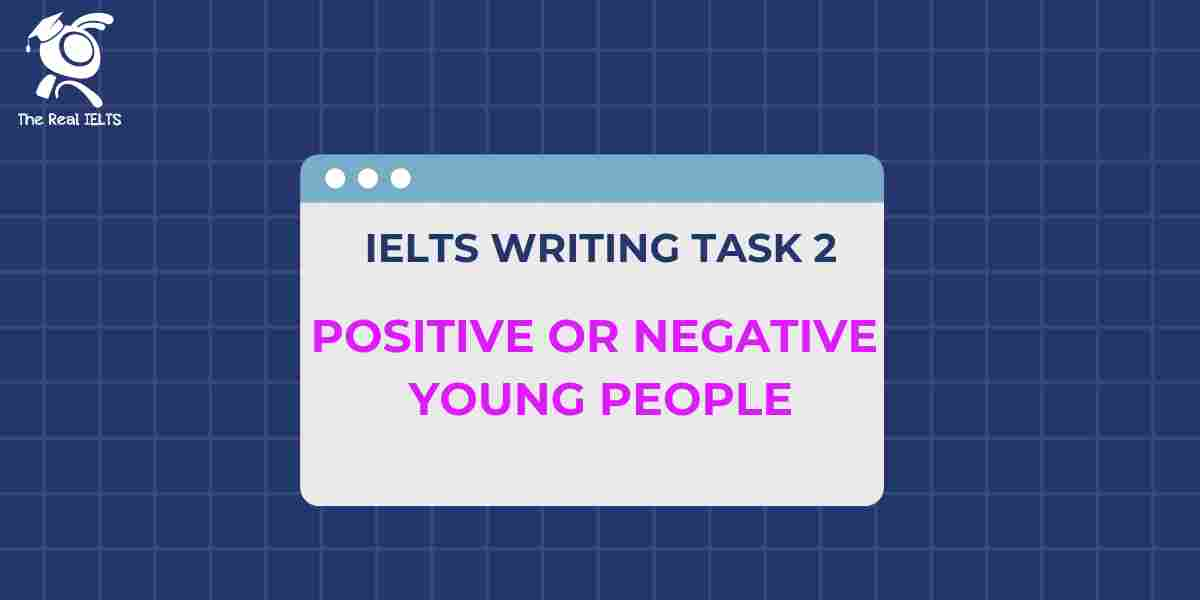

IELTS Writing task 2 Positive or Negative young people
Đề bài IELTS Writing Task 2 dạng Positive or Negative young people
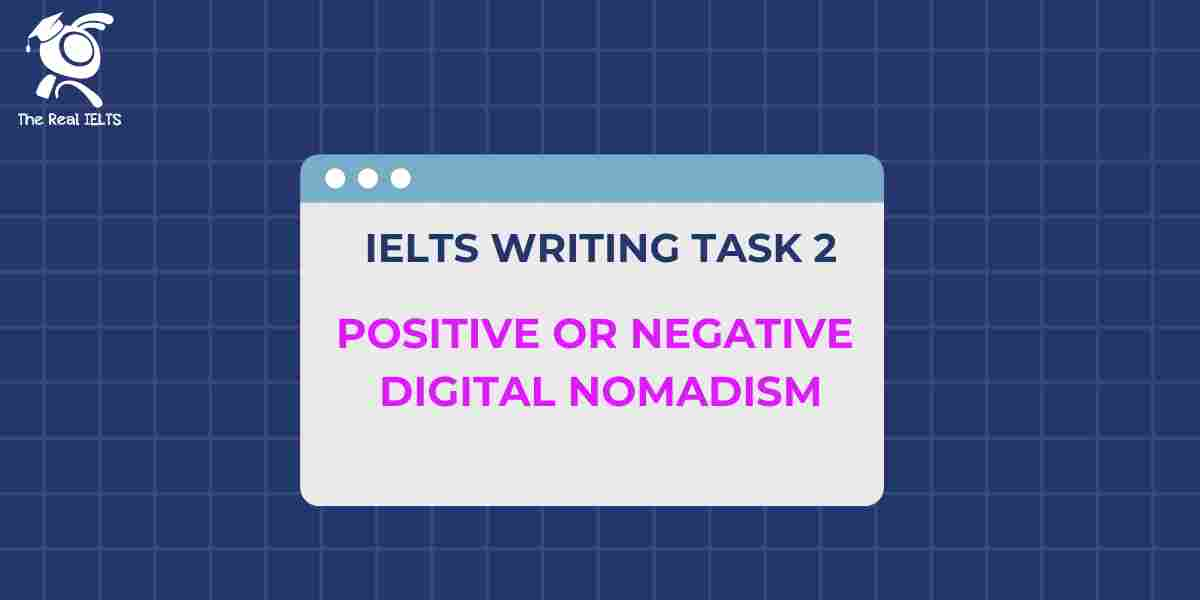

IELTS Writing task 2 Positive or Negative digital nomadism
Đề bài IELTS Writing Task 2 dạng Positive or Negative digital nomadism
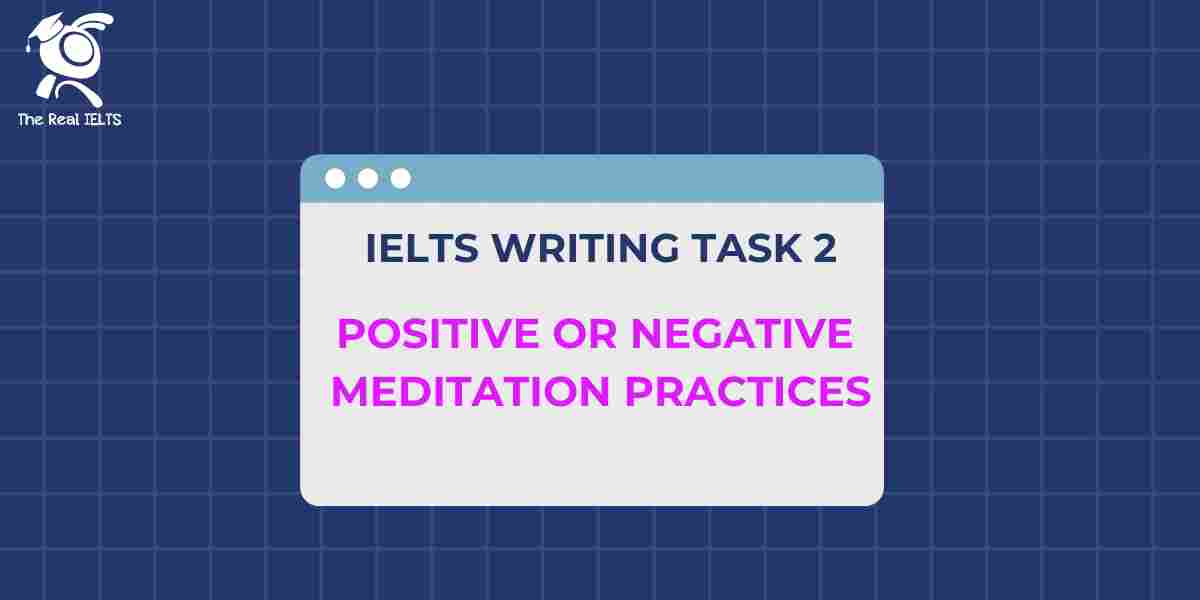

IELTS Writing task 2 Positive or Negative meditation practices
Đề bài IELTS Writing Task 2 dạng Positive or Negative meditation practices
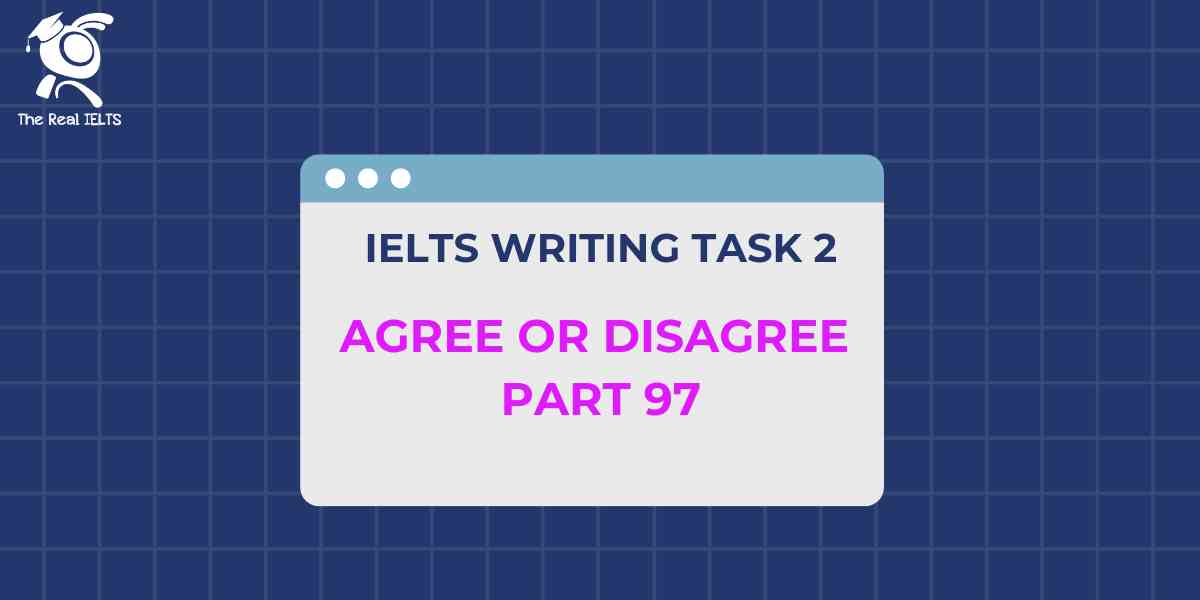

IELTS Writing Task 2 dạng Agree or Disagree Part 97
Đề bài IELTS Writing Task 2 dạng Agree or Disagree Part 97


IELTS Writing task 2 Positive or Negative decision making
Đề bài IELTS Writing Task 2 dạng Positive or Negative decision making
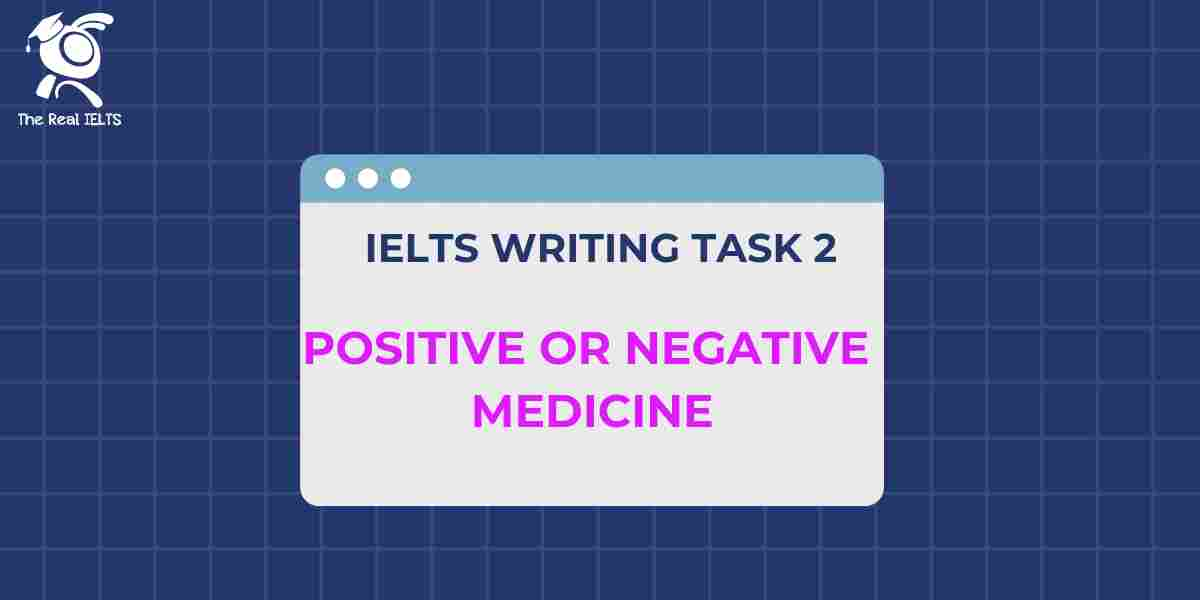

IELTS Writing task 2 Positive or Negative medicine
Đề bài IELTS Writing Task 2 dạng Positive or Negative medicine





